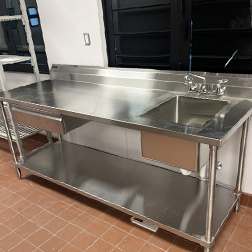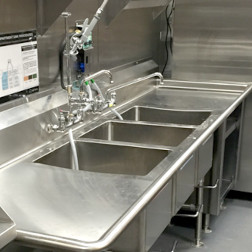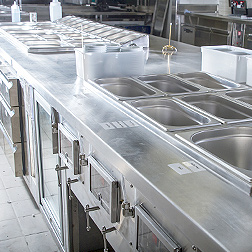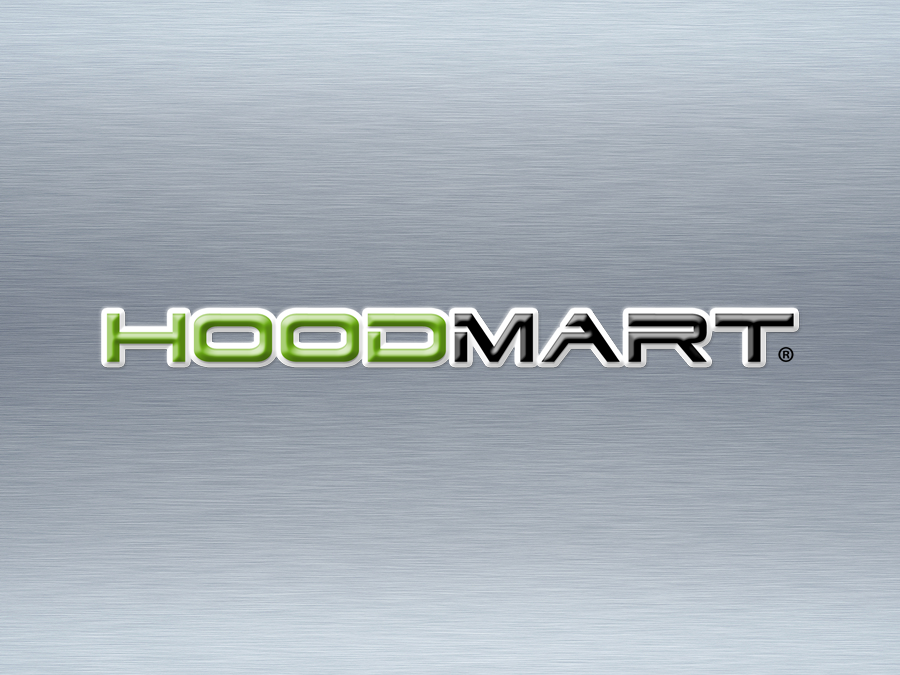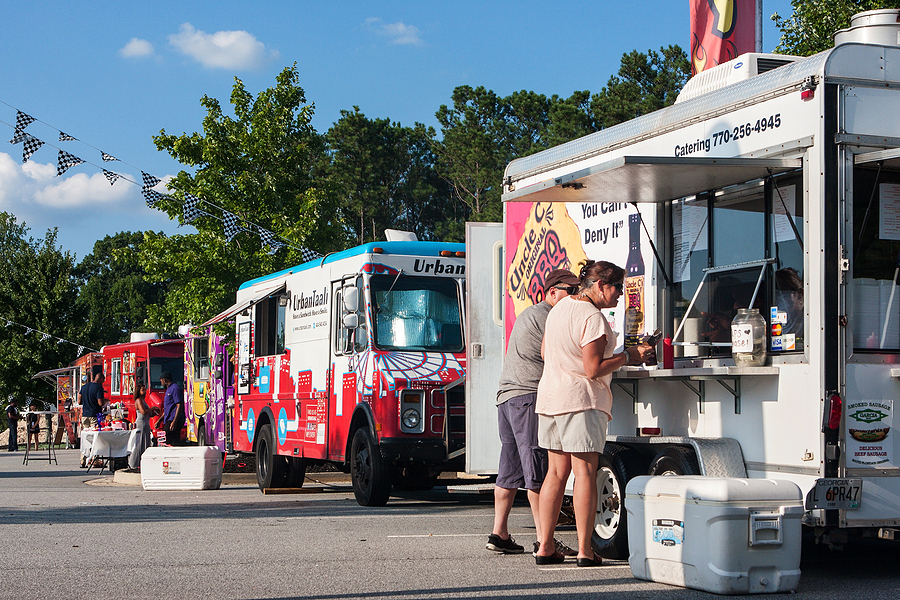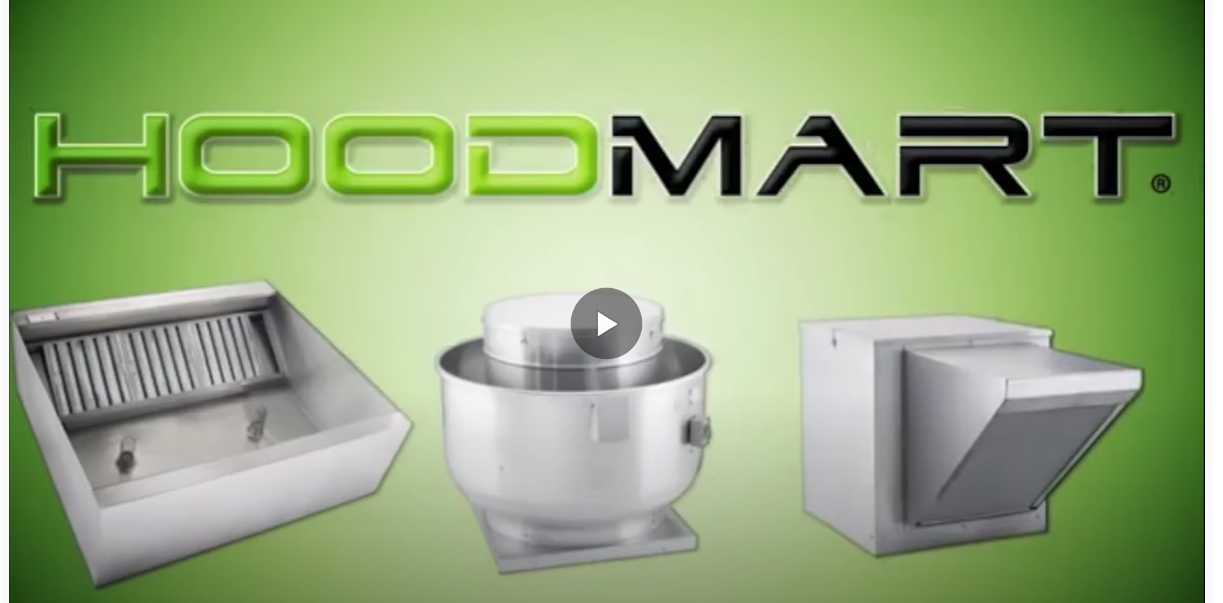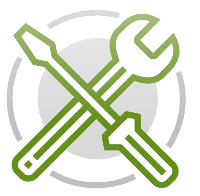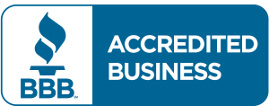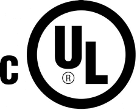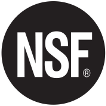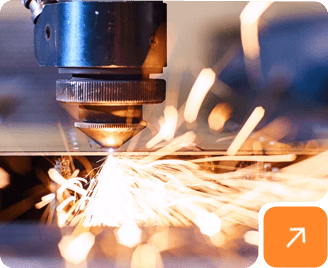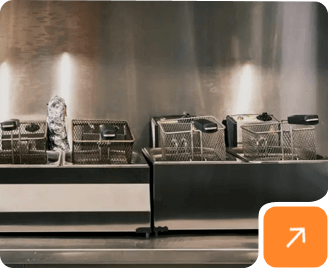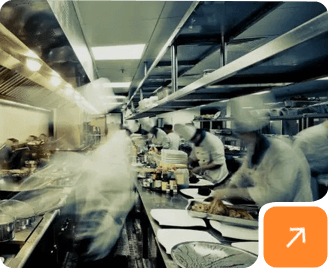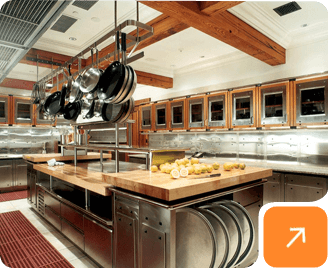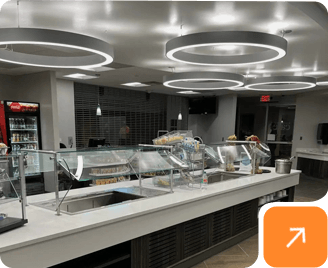We use cookies to help improve our services, make personal offers, and enhance your experience. If you do not accept optional cookies below, your experience may be affected. If you want to know more, please read the Learn more.
Understanding Local Fire and Safety Regulations for Kitchen Hoods
Understanding Local Fire and Safety Regulations for Kitchen Hoods
- July 04, 2023
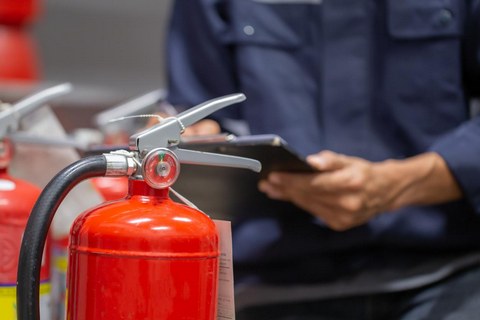
Introduction
Maintaining a safe and compliant kitchen is crucial for any food establishment. One key aspect of kitchen safety is understanding and adhering to local fire and safety regulations. In this article, we will provide a high-level overview of the regulations surrounding kitchen hoods and the importance of compliance. Please note that this information is not considered legal advice.
The Role of Ventilation Hoods in Keeping Commercial Kitchens Fire Code Compliant
Kitchen hoods, also known as exhaust hoods or range hoods, are essential components of commercial kitchens. Their primary purpose is to remove smoke, grease-laden vapors, and odors generated during cooking processes. By extracting these byproducts, kitchen hoods help prevent fire hazards, improve indoor air quality, and maintain a safe working environment.
Understanding Fire and Safety Regulations
Local fire and safety regulations governing kitchen hoods may vary depending on the jurisdiction and the type of establishment. While it's important to consult local authorities and professionals for specific guidelines, here are some common areas covered by these regulations:
a. Hood Size and Placement: Regulations often specify kitchen hoods' minimum size and placement requirements. This ensures that hoods effectively capture and exhaust contaminants from cooking equipment. Need help determining the ventilation requirements for your unique space? Check out these helpful guidelines from Hoodmart regarding CFM requirements for commercial kitchen exhaust hoods.
b. Ventilation System: Proper ventilation is crucial to maintain air quality and remove potentially harmful substances from the kitchen. Regulations may outline the type of ventilation system required, including exhaust fans, ductwork, and airflow rates.
c. Fire Suppression Systems: Fire suppression systems, such as automatic extinguishing systems are mandatory in commercial kitchens when cooking processes create grease laden vapors. These systems provide an additional layer of protection in the event of a fire. Fire extinguishers are often mandatory as well in commercial kitchens.
d. Maintenance and Inspections: Regular maintenance and inspections are necessary to ensure kitchen hoods remain in optimal working condition. Regulations may require periodic cleaning, servicing, and inspections by certified professionals.
Compliance and Penalties
Compliance with fire and safety regulations is crucial for the safety of employees and customers and for avoiding hefty penalties and potential business closures. Non-compliance can lead to fines, legal liabilities, and even loss of insurance coverage. It's essential to stay updated with local regulations and work with professionals experienced in kitchen hood compliance.
Working with Professionals
Given the complexities of fire and safety regulations, working with professionals specializing in kitchen hood systems and compliance is advisable. Certified kitchen hood installers, engineers, and fire protection experts can provide valuable guidance on the design, installation, and maintenance of kitchen hoods.
Conclusion
Understanding local fire and safety regulations for kitchen hoods is vital for every food establishment. By complying with these regulations, businesses can create a safer working environment, reduce the risk of fires, and protect their employees and customers. Remember to consult local authorities to ensure compliance with specific guidelines in your area.
Ready to work with a team of experts who can match your commercial kitchen with the best, most compliant commercial kitchen ventilation system possible? Contact us at Hoodmart today!
Disclaimer: The information provided in this article is for educational purposes only and should not be considered as legal advice. Please consult with local authorities and professionals for specific regulations and requirements in your jurisdiction.



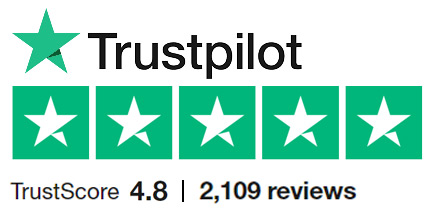


 CUSTOM FABRICATOR
CUSTOM FABRICATOR



